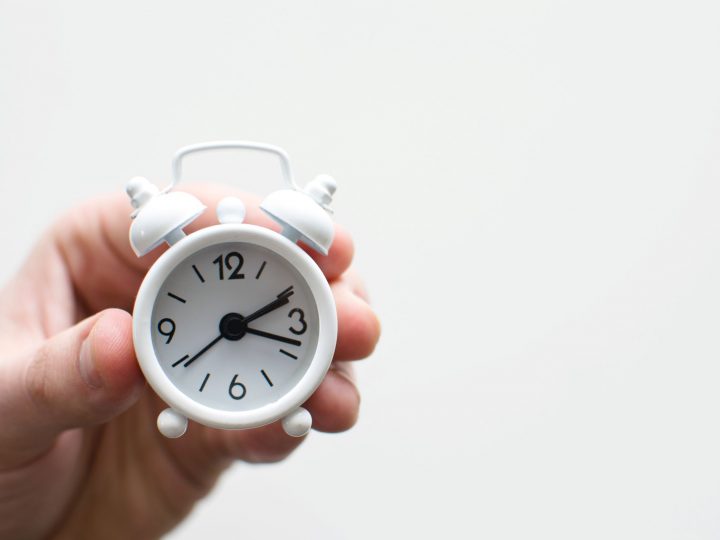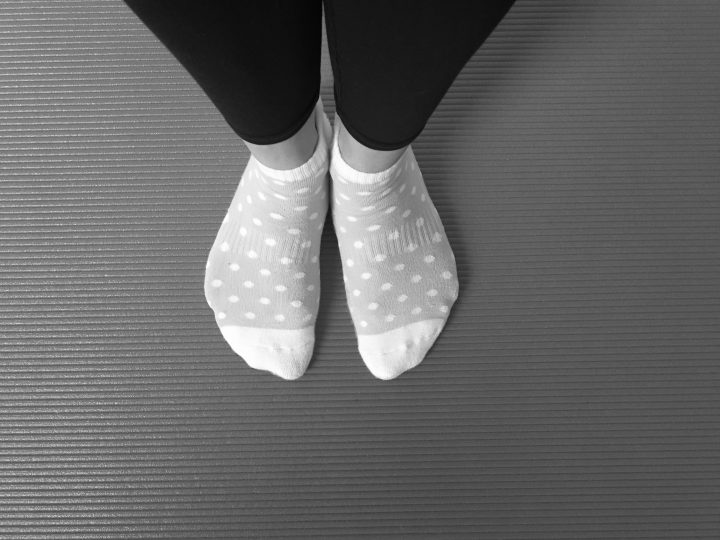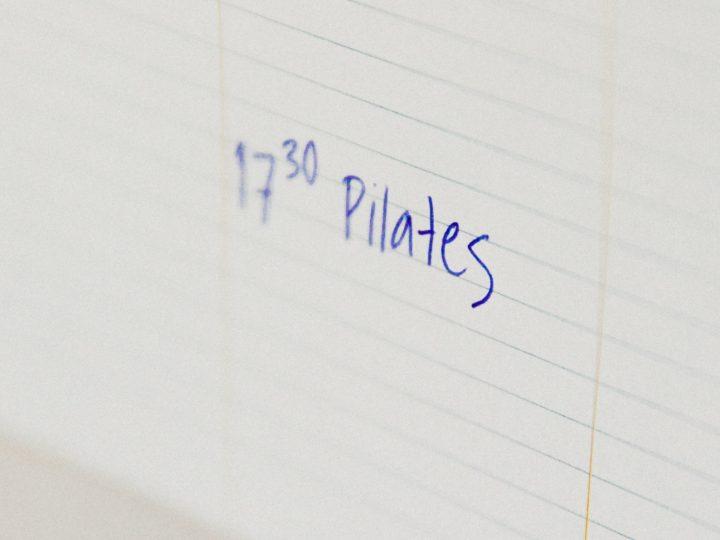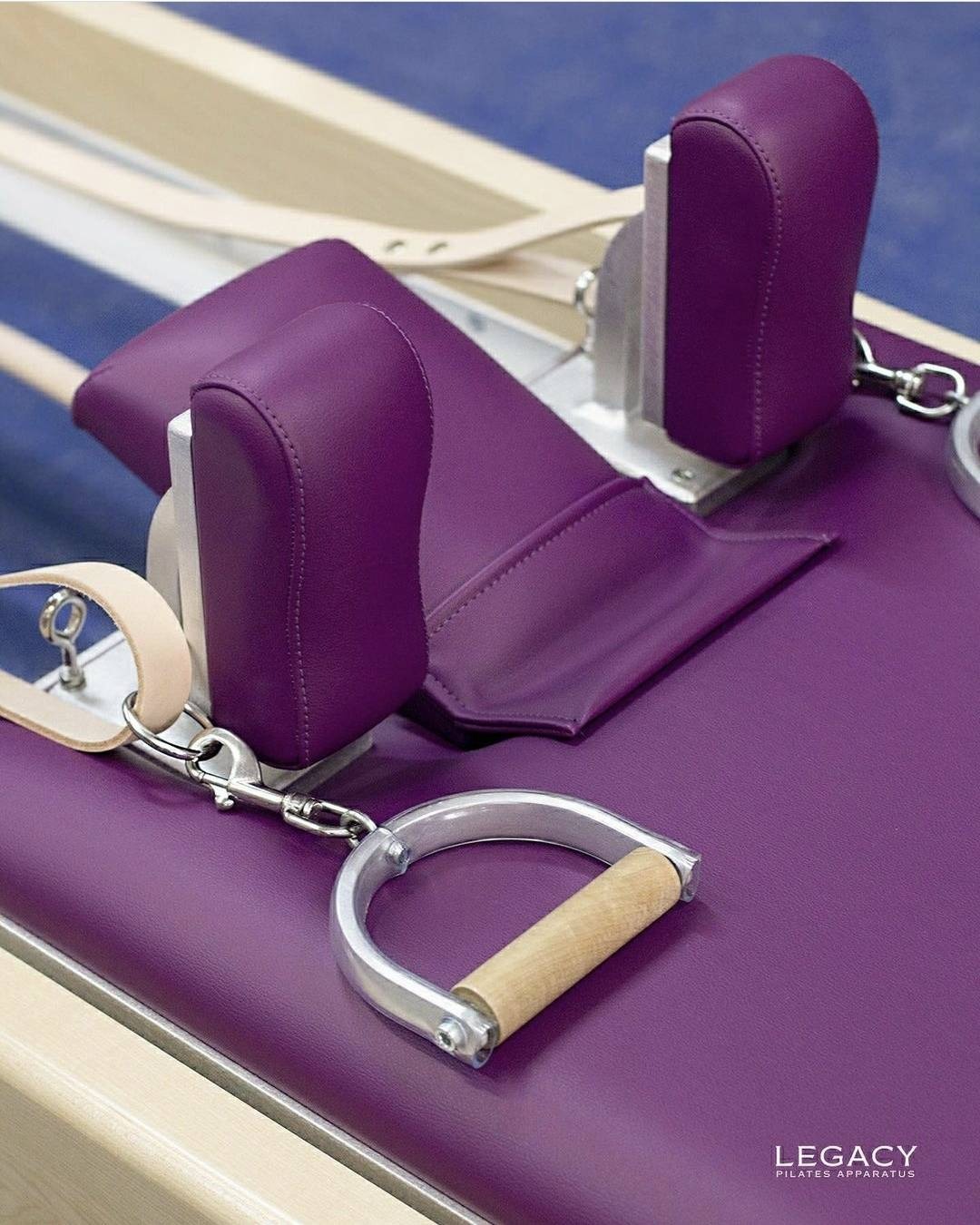
When walking past our Pilates studio in Southville, Bristol, you could be forgiven for needing to stop and peer in confusion through the windows. Through one window you’ll see some mats, which seems perfectly normal for a Pilates studio. Through the other window however, you’ll see several long, thin rectangles made of plastic, metal, wood and leather. I wouldn’t be surprised if your eyebrows raise in surprise.
Lots of people have now heard of the Pilates reformer (thanks mainly to celebrities praising the many benefits of reformers and showing off their toned arms). At our studio the reformer is an integral part of how we teach so we thought it was about time we gave you a thorough breakdown of what a reformer is, how it works, and why we use it.
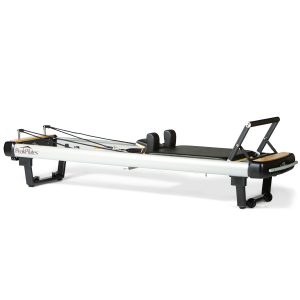
What is a Pilates reformer?
As mentioned above, a reformer is a long rectangle made of metal, wood and leather. It was designed by Joseph Pilates as a way to give people feedback and resistance to find connections in their body they might struggle to find on the mat alone. The story goes that he based his design on hospital beds as that’s all he could use as inspiration while interned on the Isle of Man during the first world war.
The reformer is made up of several parts.
- The frame (either plastic, metal or wood) is the rectangular section that contains the moving parts.
- At one end of the frame you have a foot plate and a moveable foot bar.
- The key to the reformer is the springs which attach from a gear bar in the frame to a moving surface called the carriage. These springs (sometimes four or five in total) may have different levels of resistance or all the same, it depends on the style of the reformer (more on that later).
- At the other end to the foot bar you have straps (leather or fabric) which attach from the carriage to the frame and back again with handles to hold on to.
- Also, the carriage has a headrest and shoulder blocks and some reformers have posts or hooks to hang the handles on.
- There is also a rectangular box and pole that you add to your reformer for certain exercises.
This sounds complicated, and it might feel that way when you first get on one, but like everything in Pilates it soon becomes clear that there is a simple connection between all the parts.
How it works
The springs on the reformer create resistance. When on the carriage you can push or pull against the springs to move yourself in one direction, then use control to come back to the starting position.
For example, the first exercise we teach on the reformer is called Footwork. For this exercise you are lying on your back on the carriage with your head on the headrest, knees bent, and feet up on the footbar. This exercise involves 4 springs being attached to the gear bar. By pressing through your feet you straighten your legs and this moves you and the carriage away from the footbar, you then have to control the carriage as you bend your knees and the springs pull you back to where you started.
An example using the straps would be Reach and Pull. Again you’re on your back on the carriage but this time your legs are bent in over your chest and you’re holding the handles of the straps above your shoulders. For this exercise you only have two springs attached to the carriage so there is much less resistance to pull against. By keeping your arms straight and pressing them down to your hips the tension in the straps will again move you away from the footbar. By raising your arms back above your shoulders you move back to where you started.
There are many, many different ways of being on a reformer whether standing, kneeling, sitting or lying down. You might use the box, or different spring or gear settings so there are always different ways to move.
Why we use it
Which brings us to why we use the reformer. It’s all very well moving yourself back and forth but what benefits is that actually bringing you?
The fundamental principles that apply to Pilates on the mat also apply to the reformer. These principles are mobility, stability, strength, control, precision, flow, centering (just to name a few). When on the reformer the moving surface adds a whole new element. To use the examples of the exercises mentioned above, during Footwork it takes some strength to push against the springs to move yourself away, but we’re also looking to see if you can stabilise the rest of your body while you straighten your legs. It then takes control and precision to bring the carriage back again maintaining that stability of the rest of your body.
More springs doesn’t mean harder. With the Reach and Pull exercise with your arms mentioned above, even though you are on fewer springs so the resistance is less when you move out, there is also less assistance pulling you back in so you’ve got to work harder to control the movement and stop the carriage just bashing back again.
By having to move something external from yourself by pushing or pulling, not only do you develop strength in the main muscles doing the work, but you also learn to stabilise your body and use your core strength to control movement.
The reason this works is because the reformer gives you feedback to your movement. On the mat you might not always be aware where your arms and legs actually are in space, but on the reformer you can feel the tension and resistance so it helps you learn a controlled range of movement. It’s a common misconception that the reformer is an ‘upgrade’ to the mat or must be harder due to the moving parts, but actually because of the feedback and support it gives you many people find being on the reformer a much easier place to find connections that they struggle to find on the mat.
However, it’s also because of this that at our studio we don’t ever just do reformer classes. In a studio class here you do one week of mat and one week of reformer on alternate weeks. People love the reformer, it gets very addictive, but as much as you are getting resistance from those springs, you are also always getting assistance too. We’ve found that clients who only do reformer will lose the strength and stamina they have got from the mat. Joseph Pilates designed his work to be a whole body system that benefited from the use of a range of apparatus, and once you get started in classes that becomes clear straight away.
Common questions:
I’m recovering from an injury, can I use the reformer?
Absolutely. In fact the reformer is great for anyone recovering from an injury, particularly a sore back. This is because the reformer is raised off the ground so it’s easier to get onto than a floor-based mat. We can also adjust how many springs we use so all exercises can be made easier or harder. Many of the parts of the reformer move so it gives us the flexibility to fit the reformer to you, so to speak, so you can get the most out of it.
Do I have to learn how to change the springs?
When you first get on a reformer during your consultation it can seem overwhelming how many different things there are to think about. Rest assured that to begin with your teacher will guide you through how to use it and will make a lot of the changes to the reformer for you. As you and your class progress you’ll then be asked to add or remove a spring before an exercise, but by that point you’ll feel a lot more confident.
What if I can’t do an exercise on the reformer?
There are building blocks to every exercise, whether it’s on the mat, reformer or any other piece of Pilates apparatus. In a class it’s quite normal for a teacher to give specific advice to one client that’s different from another client – all our bodies are unique afterall. You might find it’s easier for you to do one exercise on three springs, for example, while another client prefers it on two. This is all part of the journey of learning your body and how it moves. We will also only ever progress a class, or a client in a 1:1 lesson, at a level that feels right.
Why do you have different styles of reformer?
Since Joseph Pilates’ death in the 1960s various ways of teaching have popped up all over the world, and with those different teaching styles have come different styles of apparatus. When Joseph was teaching, back in the 1940s, people were a lot smaller and were taught as individuals rather than in large groups. The original reformers were narrow, made of wood or metal, and had leather straps. They tended to have just 4 springs of the same resistance and used wooden stirrups for the handles. These are beautiful pieces of equipment but due to the materials, they don’t come cheap.
Fast forward to today and not only are we taller and wider generally, studios now operate in large settings with a high turnover of daily clients. If you’ve got hundreds of people learning the reformer (which usually involves a fair amount of bashing carriages closed or hitting the sides with the handles) you can get very precious very quickly about your beautiful and expensive reformers! There’s also the fact that being taller and wider means that not everyone comfortably fits on one of these reformers. Bearing that in mind, many of the Pilates apparatus manufacturers now make wider and longer reformers. These are often made of a mixture of wood, metal and plastic which makes them cheaper to make and more durable. The straps are cord rather than leather (less easy to mark) and the handles are fabric (more comfortable and don’t require changes during exercises unlike the other style). These reformers also usually have five springs which creates more versatility for a wider range of clients.
We have three of these more modern reformers and two ‘classical’ reformers in the studio. We encourage clients to try both types as the feel of the springs and the way they work is different so something you can’t quite grasp on one reformer you might understand by trying the other.
Hopefully that’s given you a better understanding of what a Pilates reformer is and why we teach on them in our studio. If you’re keen to give it a go and learn the full Pilates system on the mat, reformer and other apparatus then get in touch and pop in for a consultation.

